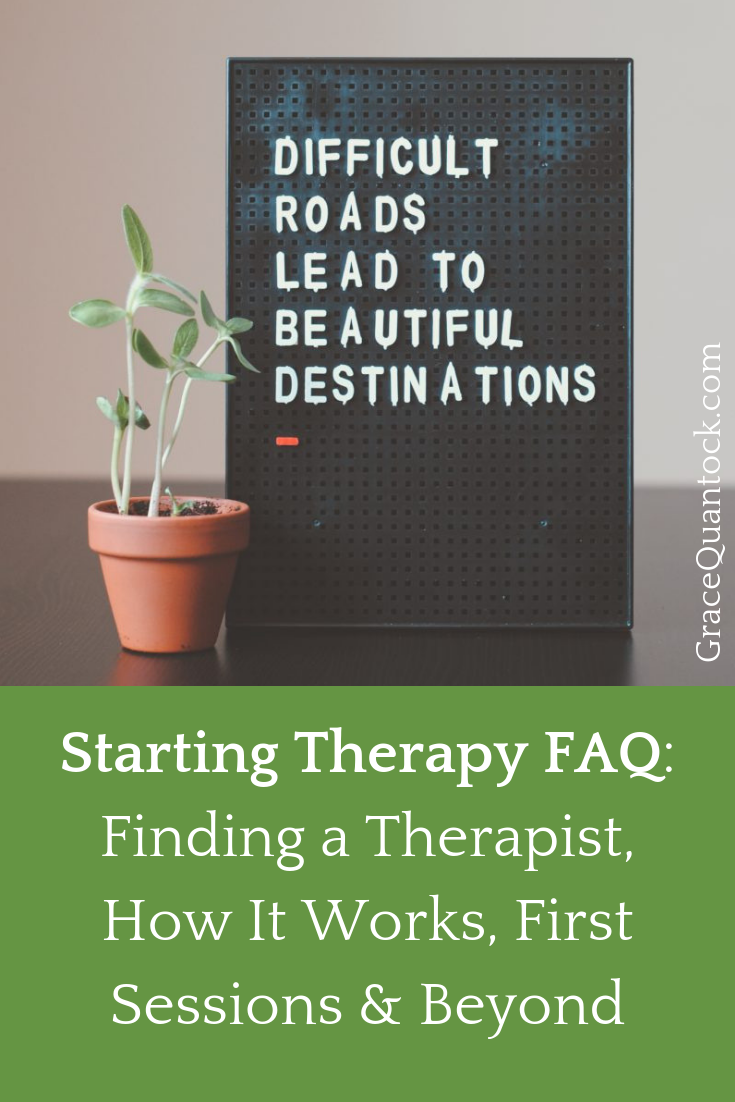My Daily Practice: Yoga

Daily Practice series – demystifying daily practice with experts sharing their real-life experience in wellness and self-care modalities.
10 years ago I never though I’d be where I am today.
I was tired ALL THE TIME. Despite the fatigue, I couldn’t sleep through the night. During the day, my brain felt like mush.
I was in University, studying two subjects that I LOVE (classics and psychology), but I couldn’t pay attention in class. In fact, I could barely make the 5 minute walk from my flat to the classroom. I hit a low when the potent sleeping pills I was taking stopped working. Like the other drugs before them, I had grown immune. My one lifeline was gone and I was lost.
I had heard about yoga from a few different people. Some even recommended I try it to help with the fatigue.
But it felt a bit ‘woo-woo’ to me. Some new exercise fad that would fade in a few years time when the next new thing you ‘must do’ came out.
I was a big subscriber to Tina Fey’s belief that:
“When people say, “You really, really must” do something, it means you don’t really have to. No one ever says, “You really, really must deliver the baby during labor.” When it’s true, it doesn’t need to be said.”- Tina Fey
Besides, I wasn’t sure I could physically manage a class. Exercise didn’t seem like the answer to me.
But with nothing else in my repertoire I decided that there was no harm in trying.
What was the worst that could happen when I already felt like the WORST I had ever been?
I was incredibly lucky to be referred to a holistic health clinic at this time. They ran yoga and meditation classes for people living with chronic illnesses, so I signed up.
The first thing I noticed after my yoga class was that I didn’t feel worse. I’m sure many of you can relate to the fact that ‘not feeling worse’ felt like a big win for me at the time.
But as I continued my yoga and meditation practice I started to notice that ‘not feeling worse’ was turning into feeling really good during class…and then feeling really good for the next hour after class…and soon that 5 minute walk to campus didn’t seem so unachievable.
Other things I started to notice after my 8 week yoga course:
– I was starting to sleep better. Not every night. Not all the time. But a few nights every week I was getting a restful sleep without any medication.
– My brain fog was lessening. I could write sentences that made sense. I could pay attention for about half a lecture rather than 5 minutes of a lecture.
– I was getting stronger. I could hold yoga poses for longer. I could walk for 10 minutes instead of 5.
The more I practiced yoga, and the more I practiced mindfulness in every day life, the stronger I got.
Flash forward 10 years, and I still consider yoga an integral part of my day, my week, and my life. I decided to become a yoga teacher so that I could share my practice with others suffering from chronic conditions.
I had seen the impact yoga and meditation had on my life and illness and wanted to help others try out the practice.
I now make yoga an (almost) daily practice, and am here today to share that with you!
What my daily practice looks like
I practice yoga 4-7 days per week. My goal is 6 days, but I don’t get hard on myself if I miss a day here or there.
Some days I’m out on an adventure, busy with work, or spending time with family. I definitely feel it if I miss a practice more than once or twice a week.
But really, it’s just yoga, and I’m not going to get upset over missing a few extra days one week.
I prefer to practice yoga in the morning as it sets the tone for the whole day. If I sleep in a bit and don’t have time, I’ll move my practice to the afternoon, around 3-4 PM. I find it’s a nice break to re-energize me during that slump in the day.
If I sleep in a bit and don’t have time, I’ll move my practice to the afternoon, around 3-4 PM. I find it’s a nice break to re-energize me during that slump in the day.
I find it’s a nice break to re-energize me during that slump in the day.
The length of time varies from day to day as well. I always schedule 30 minutes into my day for my yoga practice. Sometimes I’ll practice for an hour or more, sometimes I only make it 10 minutes.
My goal is to practice every day, no matter where I am that day.
From years of yoga and meditation I’ve learned to tune into what my body needs. If 10 minutes is all I can get in that day, I still feel the benefit of my practice when I’m done.
Something is better than nothing!
We’re finding in the yoga community that a shorter, consistent practice is more effective than a longer but inconsistent practice. 10 minutes a day can be more helpful than 60 minutes every week or 2.
If you’d like to build yoga into your daily routine, I recommend scheduling in an amount of time you know you can do. 10-15 minutes is a great starting place.
Managing ups and downs and adapting the practice for my day-to-day life
As you know, living with a chronic illness comes with many ups and downs. What I can do one day, may not reflect what I can do the next day, next week, or next month. It’s for this reason that I keep my practice open and flexible.
Some days I fly through sun salutes and exciting balancing postures.
Other days I do a restorative practice.
It’s finding the balance between these two sides of yoga that really helps me build resilience.
How you can start your own daily yoga practice
I recommend by starting with building 10-15 minutes into your morning routine for yoga or meditation.
Starting with this yoga in bed video, or 20-minute floor sequence can be great starting points.
As you start to know your own body and energy levels better, you can begin creating your own routines!
Want to try it out now? Download a free 20 minute video from Aroga Yoga here today.

Kayla Kurin is a yoga therapist, teacher and health advocate, find her at ArogaYoga.com




